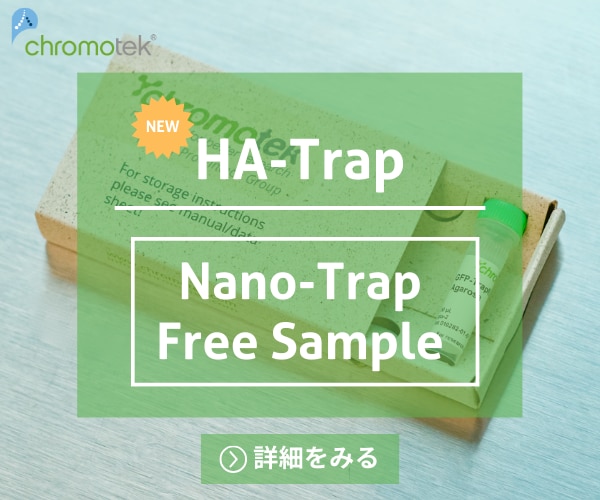Antibody Titration For IP
Antibody Titration for Immunoprecipitation
A titration experiment should be performed with multiple antibody concentrations in order to determine the optimal signal-to-noise ratio. In general, this titration should range from 1 to 10.0 μg for ~5000 μg of protein extract.
As an example, if a datasheet suggests a 1:100 dilution, the titration experiment should include dilutions of 1:25, 1:50, 1:100, 1:200, and 1:250. To keep the same experimental conditions, after selecting the incubation time, all dilutions should be performed with the same type of sample.
Isotype & Negative Control Bands
Isotype Control
An isotype control is used to determine which bands in the experimental sample are specific versus non-specific signal due to the isotype. The isotype control should always be run in parallel to the sample.
Negative Control
Plain beads (without antibody) can be used as negative controls. They help to distinguish specific and non-specific bindings. Any products obtained with these control conditions can be attributed to non-specific (off-target) interactions.
Protein Isoforms, Post-Translation Modification & Protein Interaction
(STRING 10.0; PUBMED; UNITPROT)
The STRING database (http://string-db.org) aims to provide a critical assessment and integration of protein–protein interactions, including direct (physical) and indirect (functional) associations. It covers more than 2000 organisms, which necessitates novel, scalable algorithms for transferring interaction information between organisms; based on genomic data, and high throughput analyses including co-expression experiments.
(UnitProt database; (http://www.uniprot.org/), PubMed https:// www.ncbi.nlm.nih.gov/pubmed).
Phosphatase, Methylation & Deubiquitination Inhibitors; Why They Are Important
Preservation of protein post-translational modifications (PTMs) such as phosphorylation, ubiquitylation, or methylation can be required to maintain protein–protein interaction. They play essential roles in regulating chromatin dynamics. Maintaining PTMs during cell lysis with phosphatase, methyltransferase, or deubiquitinase inhibitors can be important for the maintenance of in vivo interactions in vitro. As an example, adding phosphatase inhibitors to the lysis buffer will maintain the phosphorylated stage of the protein of interest.
Table 2 shows a few examples of phosphatase, methylation, and deubiquitination inhibitors.
| Table 2 | |
| Phosphatase Inhibitors | Action |
| Sodium Orthovandate with the correct pH | Tyrosine phosphatase inhibitor |
| β-Glycerophosphate | Serine and threonine phosphatase inhibitor |
| Okadaic Acid | Protein phosphatase 1/2A inhibitor |
| Sodium Fluoride | Serine and threonine phosphatase inhibitor |
| Deubiquitination Inhibitors | Action |
| TAME | Ubiquitin ligase inhibitor |
| USP14 Inhibitor, IU1 | USP14 deubiquitinase (DUB) inhibitor |
| DUB Inhibitor IV, b-AP15 | 19S DUB inhibitor |
| DUB Inhibitor VI, P22077 | USP7 and USP47 DUB inhibitor |
| Methylation Inhibitors | Action |
| RG108 | DNA methyltransferase (DNMT) inhibitor |
| 5-Azacytidine | DNMT inhibitor |

